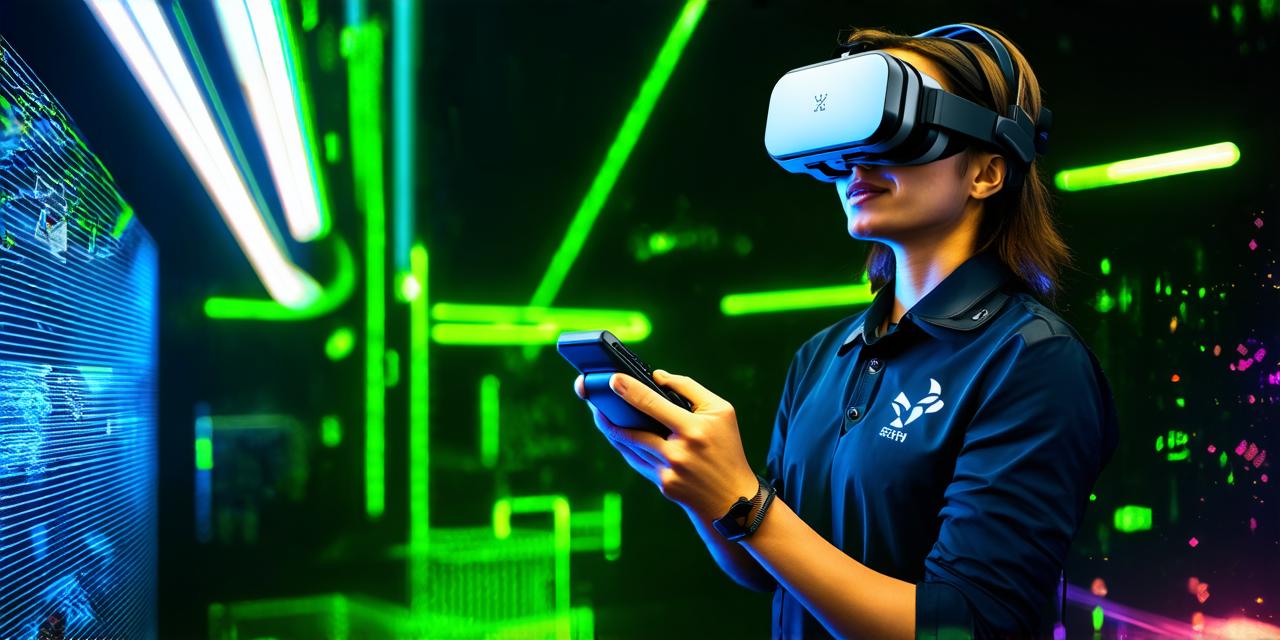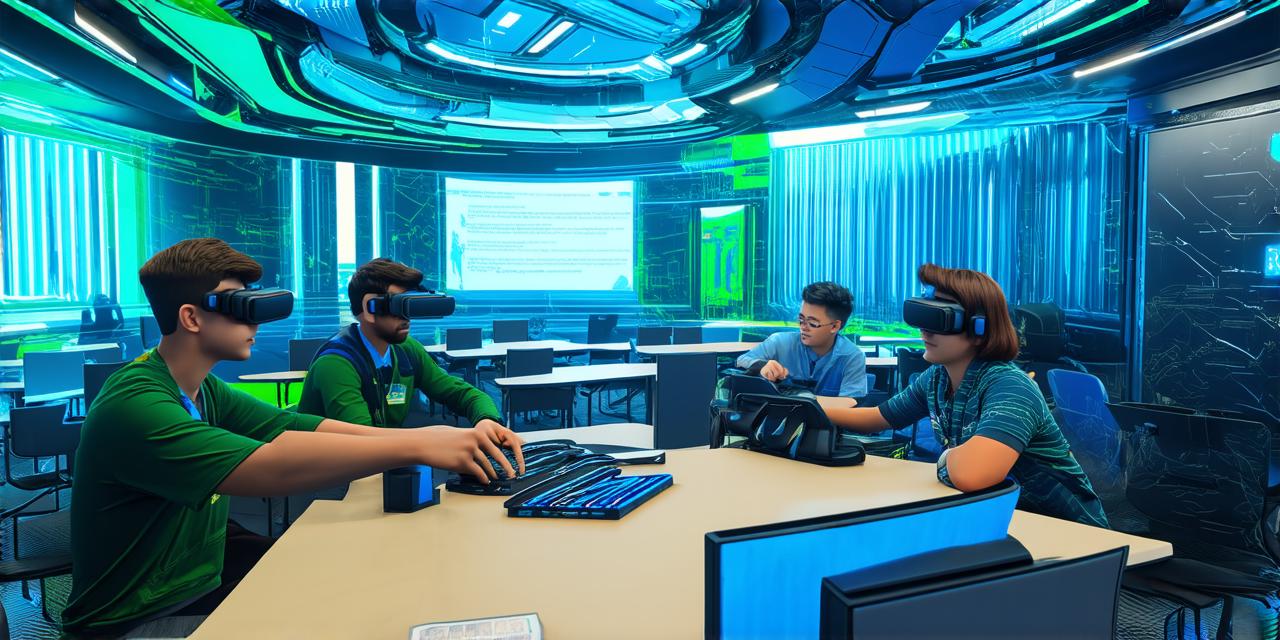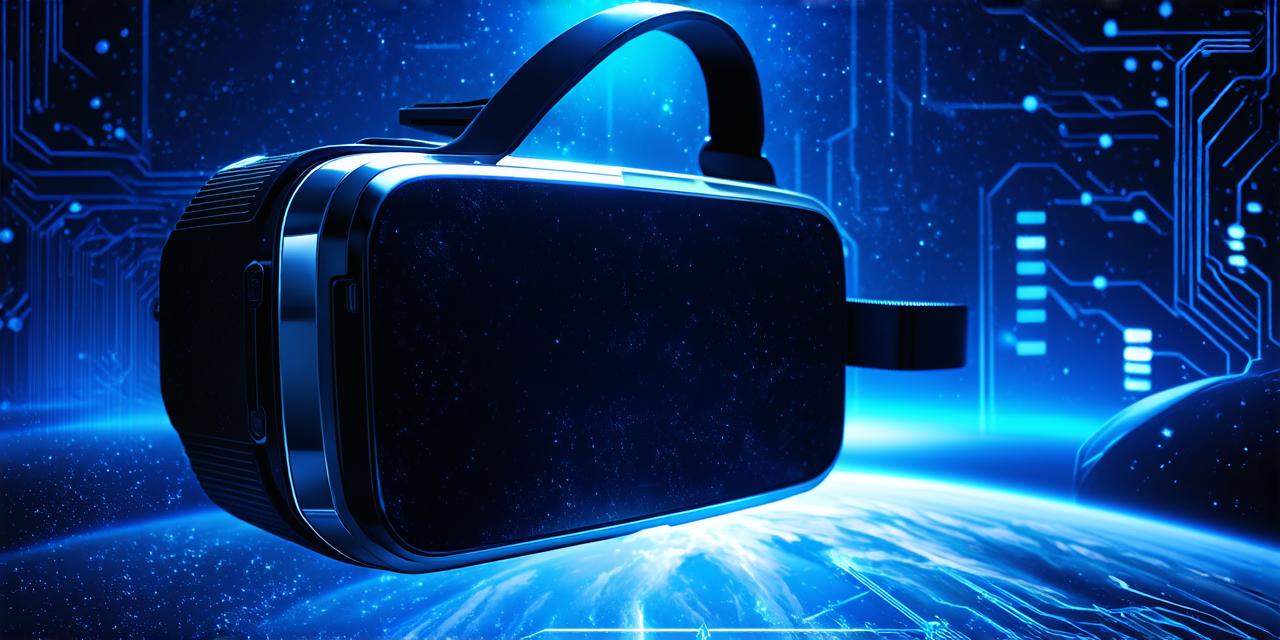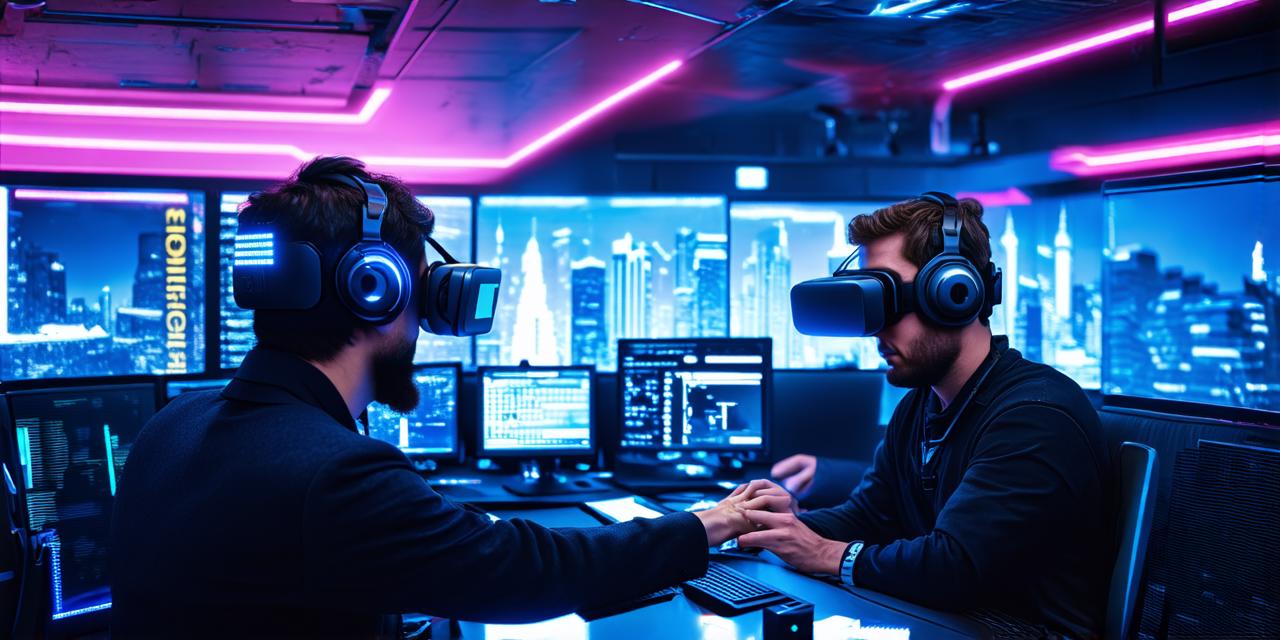Introduction:
Virtual reality (VR) technology has been rapidly evolving in recent years, and it is now being widely adopted by various industries, including augmented reality (AR) development. AR developers need a VR headset that provides an immersive experience while also allowing for easy integration with their AR applications.
Factors to Consider When Selecting a VR Headset:
-
Field of View (FOV):
Field of view refers to the amount of the real world that is visible in the virtual environment. A larger field of view provides a more immersive experience and allows for better interaction with virtual objects. However, a wider field of view can also cause motion sickness, especially when used for extended periods. Therefore, it’s essential to consider the intended use case of your AR application when selecting a VR headset with the appropriate FOV.
-
Display Resolution:
Display resolution refers to the number of pixels per inch (PPI) that the VR headset can display. A higher resolution provides clearer and more detailed visuals, which is essential for AR applications that require precise visualization of virtual objects. However, a higher resolution can also cause eye strain, so it’s important to consider the intended use case of your AR application when selecting a VR headset with the appropriate display resolution.
-
Refresh Rate:
Refresh rate refers to the number of times the VR headset displays new visuals per second. A higher refresh rate provides smoother and more fluid motion, which is essential for AR applications that require fast and accurate tracking of virtual objects. However, a higher refresh rate can also cause motion sickness, so it’s important to consider the intended use case of your AR application when selecting a VR headset with the appropriate refresh rate.
-
Comfort and Fit:
Comfort and fit are crucial factors to consider when selecting a VR headset for your AR development needs. A comfortable and well-fitted VR headset ensures that users can wear it for extended periods without causing discomfort or fatigue. Additionally, a VR headset that fits properly ensures that the virtual environment is accurately tracked and provides an immersive experience.
-
Integration with AR Development Tools:
Integration with AR development tools refers to the compatibility of the VR headset with software and platforms used for AR development. It’s essential to consider the integration capabilities of the VR headset when selecting one, as it can significantly impact the efficiency and ease of use of your AR development process.
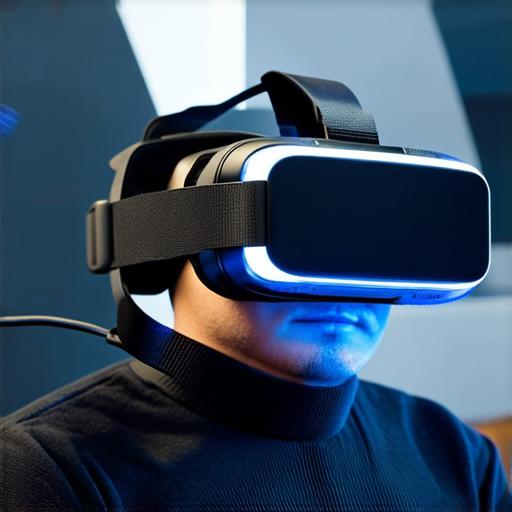
Real-Life Examples:
-
Oculus Quest 2:
The Oculus Quest 2 is a popular VR headset that is widely used in AR development due to its affordability, high performance, and compatibility with various AR development tools. It has a display resolution of 2160 x 2160 pixels per eye, a refresh rate of up to 90 Hz, and a field of view of up to 100 degrees. It’s also comfortable and lightweight, making it ideal for extended use.
-
HTC Vive Pro Eye:
The HTC Vive Pro Eye is another popular VR headset that is widely used in AR development due to its high-resolution display and compatibility with various AR development tools. It has a display resolution of 2160 x 2160 pixels per eye, a refresh rate of up to 90 Hz, and a field of view of up to 120 degrees. However, it’s more expensive than the Oculus Quest 2 and may cause motion sickness for some users due to its wider field of view.
Conclusion:
When selecting a VR headset for your AR development needs, it’s essential to consider the key factors outlined in this article, including field of view, display resolution, refresh rate, comfort and fit, and integration with AR development tools.
